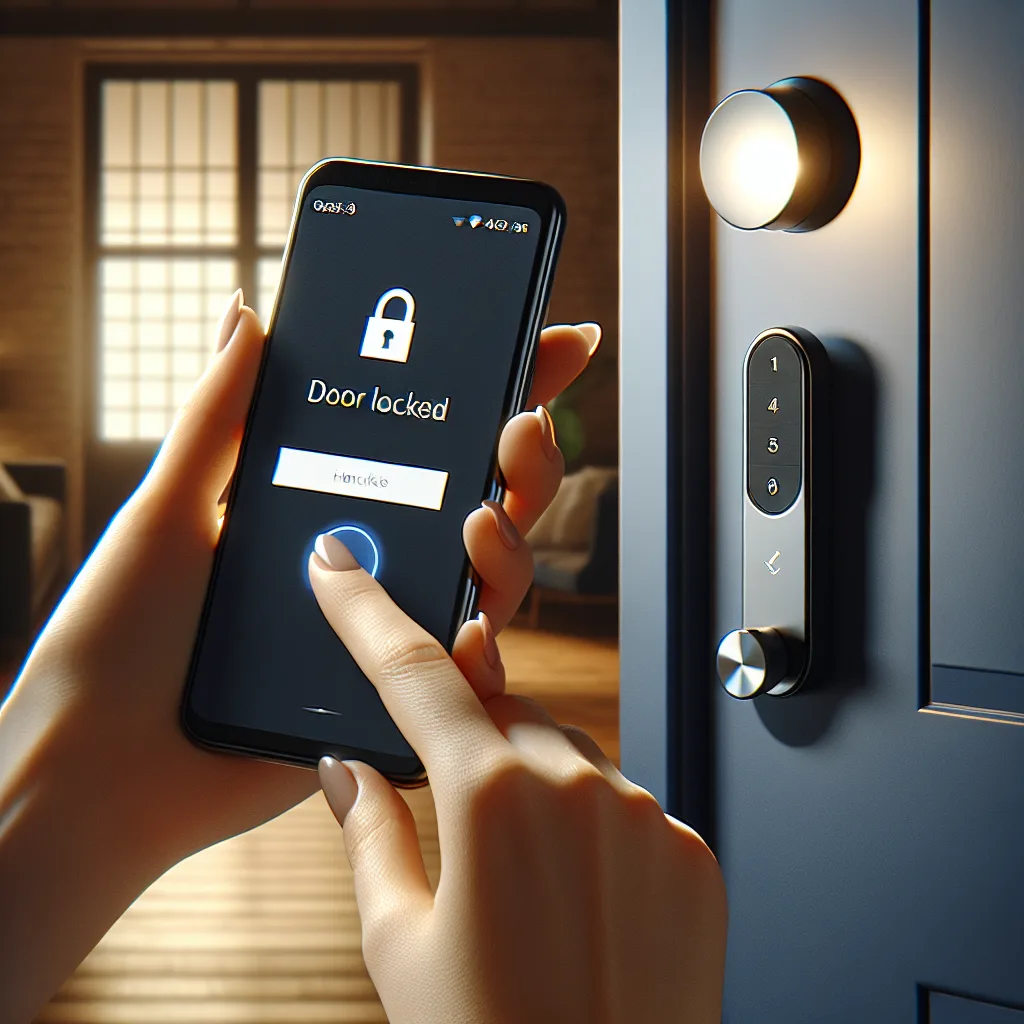Overwhelmed by smart lock options? This friendly guide breaks down the choices, from full replacements to retrofits, to help you pick the perfect one for your home.
So, you’re thinking about getting a smart lock.
Maybe you’re like a friend of mine who recently decided to change all the locks on his new house. He walked into the hardware store, saw an entire wall of boxes, and his brain just… short-circuited. Keypads, Bluetooth, Wi-Fi, retrofits — it’s a lot. It’s easy to feel totally lost.
If you’re standing in that same digital or physical aisle, take a breath. It’s not as complicated as it looks. Let’s talk it through, just you and me.
First, Why Even Bother with a Smart Lock?
Let’s get this out of the way. You don’t need a smart lock. Your old-fashioned key works just fine. But there are a few genuinely useful reasons people love them.
- No More Keys: This is the big one. Imagine coming home with your arms full of groceries. Instead of doing that awkward hip-check-pat-down dance to find your keys, you just punch in a code or have the door unlock as you approach. It’s a small thing, but it’s nice.
- Peace of Mind: Ever have that nagging feeling on your way to work? ”Did I lock the door?” With a smart lock, you can just pull out your phone and check. Or even set it to auto-lock after a few minutes. That little bit of reassurance is surprisingly calming.
- Guest Access: This is my personal favorite. If you have a dog walker, a cleaner, or family staying over, you can give them their own temporary code. No more hiding a key under the mat or worrying about who has a copy. When they don’t need access anymore, you just delete the code. Simple.
The Two Main Flavors of Smart Lock
When you boil it all down, there are really just two main types to choose from.
1. The Full Replacement
This is exactly what it sounds like. You take out your entire deadbolt assembly — the keyed part on the outside and the thumb-turn on the inside — and replace it with a new, all-in-one smart unit.
These usually feature a keypad or a fingerprint reader on the outside and a motorized thumb-turn on the inside. They look sleek and integrated. The downside? Installation is a bit more involved. It’s not crazy difficult, but you’ll need a screwdriver and maybe 30 minutes of focus.
2. The Retrofit
This is the clever, simpler option. A retrofit lock only replaces the inside part of your deadbolt (the thumb-turn). You get to keep your existing deadbolt and, most importantly, your original keys.
The outside of your door looks exactly the same. But on the inside, a little motorized unit does the locking and unlocking for you. Installation is usually super easy — often just a couple of screws. This is a fantastic choice for renters, since you’re not changing the actual lock. The August Smart Lock is probably the most well-known example of this.
A Few Things to Actually Think About
Okay, you know the types. But before you click “buy,” here are the practical questions to ask.
- How does it connect? Most locks use Bluetooth or Wi-Fi.
- Bluetooth locks only work when your phone is nearby (within about 30 feet). This is great for unlocking as you approach, but you can’t check its status when you’re at the office.
- Wi-Fi locks connect directly to your home network, so you can control them from anywhere in the world. The catch is that they use more battery. Many locks offer a separate Wi-Fi “bridge” or “hub” you plug into an outlet, which connects your Bluetooth lock to the internet. It’s an extra piece, but it works well.
- What happens when the batteries die? This is the number one question people have. They’re almost always powered by standard AA batteries that last for months, sometimes over a year. Your app will warn you for weeks when they’re getting low. And if you ignore all the warnings? Most keypad models still have a physical keyway as a backup. Others have two little contacts on the bottom where you can press a 9-volt battery to give it a temporary jump-start so you can enter your code. You won’t get locked out.
- Does it play nice with your other tech? If you already use Amazon Alexa, Google Home, or Apple HomeKit, check if the lock is compatible. It’s fun to be able to say, “Hey Google, lock the front door” as you’re heading to bed. Don’t just assume they all work with everything.
So, Which One Should You Get?
Honestly, there’s no single “best” one. It really depends on you.
If you’re a homeowner and want a seamless, built-in look, a full replacement from a trusted brand like Schlage or Yale is a fantastic, reliable choice.
If you’re a renter, or if the idea of changing a whole lock sounds like a pain, a retrofit model like the August is probably your best bet. It gives you all the smarts with none of the commitment.
The best advice is to not get bogged down in a million features. Think about what problem you want to solve. Do you want to stop carrying keys? Do you need to let the plumber in while you’re at work? Start there.
Choosing a smart lock is just about making your life a tiny bit easier. It’s not a life-or-death decision. You’ve got this.
